Photos: Behind the Scenes of an Antarctic Research Base's Relocation
Cold tools
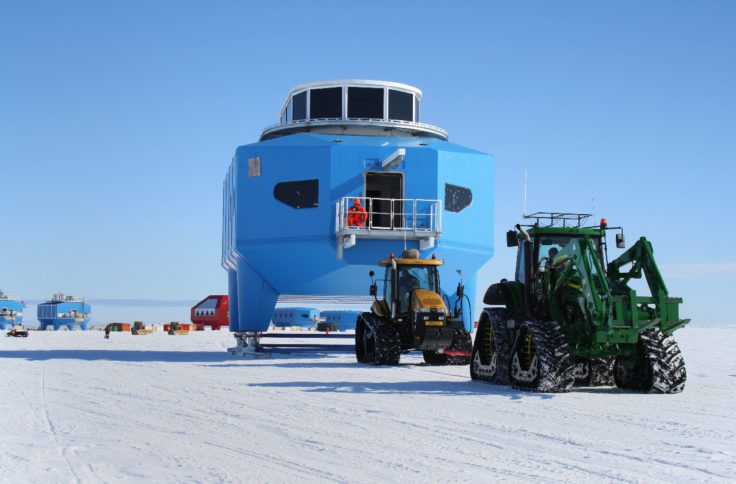
Britain's Halley VI research station is being towed to a new location on an ice shelf in Antarctica, to avoid a growing chasm that threatens to cut it adrift.
The eight modular buildings of the base are equipped with hydraulic legs and skis so they can be moved. But, this is the first time that the Halley VI base has been relocated since it was first assembled in 2012. [Read full story about the Antarctic base's move]
Futuristic quarters
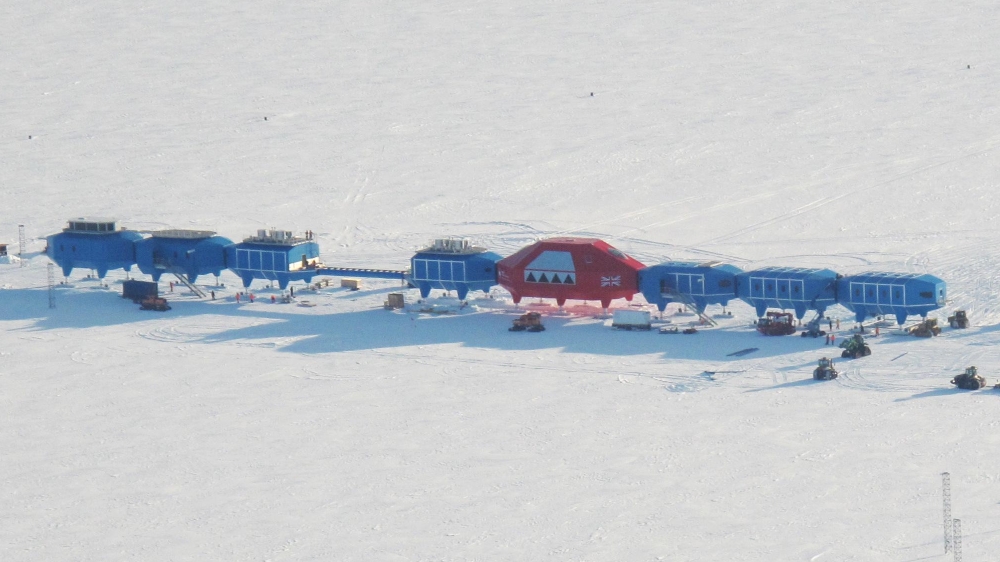
Halley VI is the sixth British scientific base established since 1956 on the Brunt Ice Shelf in Antarctica's Weddell Sea.
Some of the earlier bases became covered by so much snow that they had to be abandoned, so the buildings of the latest base are aerodynamically designed to prevent snow from piling up.
Space-age design
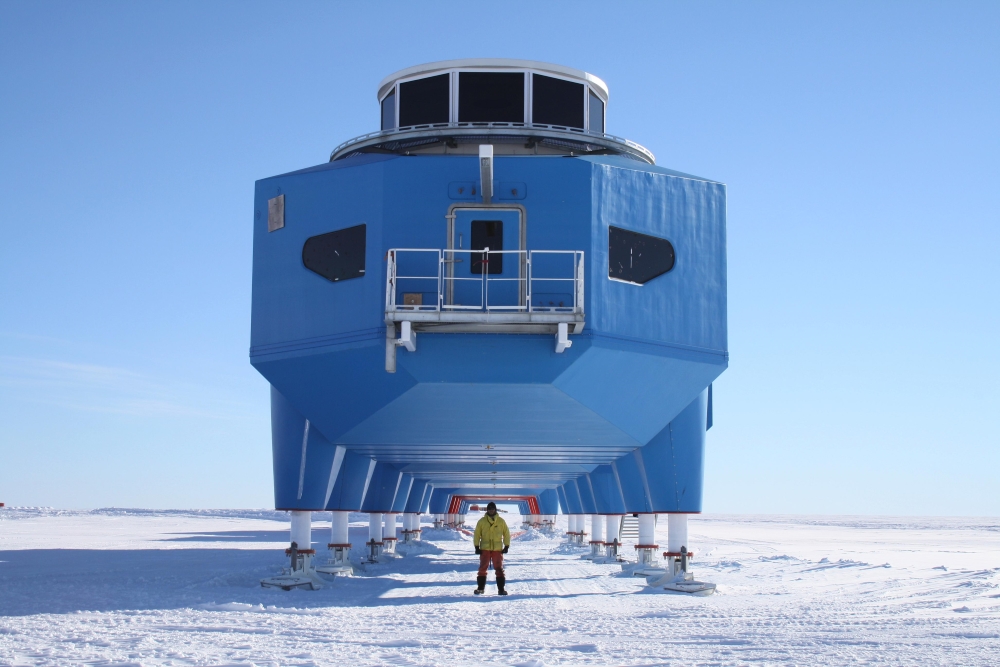
The eight modular buildings that make up the base are joined end-to-end, like train carriages, facing the prevailing wind.
They provide accommodation and research facilities for up to 70 scientists and support staff during the Antarctic summer, from December to February.
Glimmering beauty
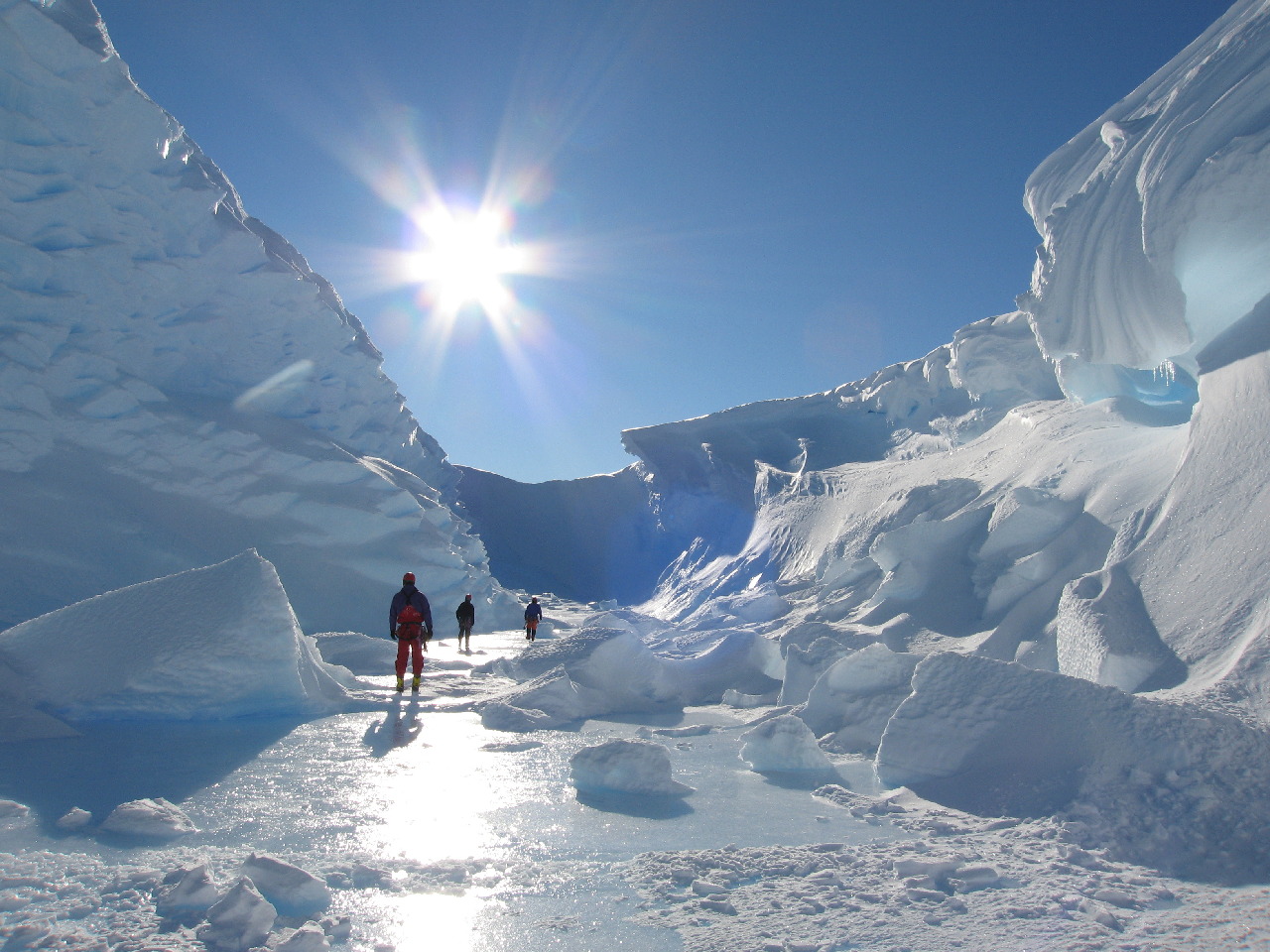
Like the earlier Halley stations, Halley VI is located on the floating Brunt Ice Shelf on the Weddell Sea.
Although the ice around the Halley VI base is flat and unbroken, scientists have learned that cracks and chasms in the ice shelf have started to grow in recent years, after lying dormant for decades.
Moving again
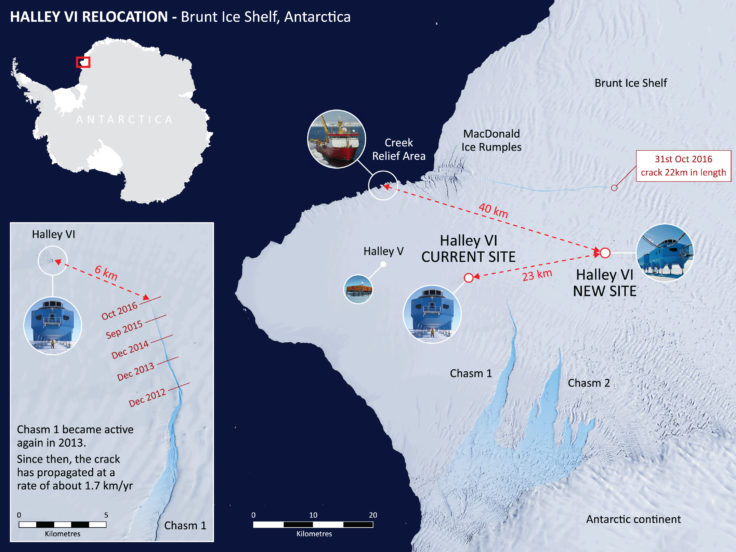
The largest chasm is growing in length by about 1 mile (1.7 kilometers) a year and is now within 3.7 miles (6 km) from the Halley VI site.
To avoid being cut off by the growing chasm, the British Antarctic Survey has decided to move the entire base 14 miles (23 km) to the east of its current location, on the inland side of the growing ice chasm.
Moving day
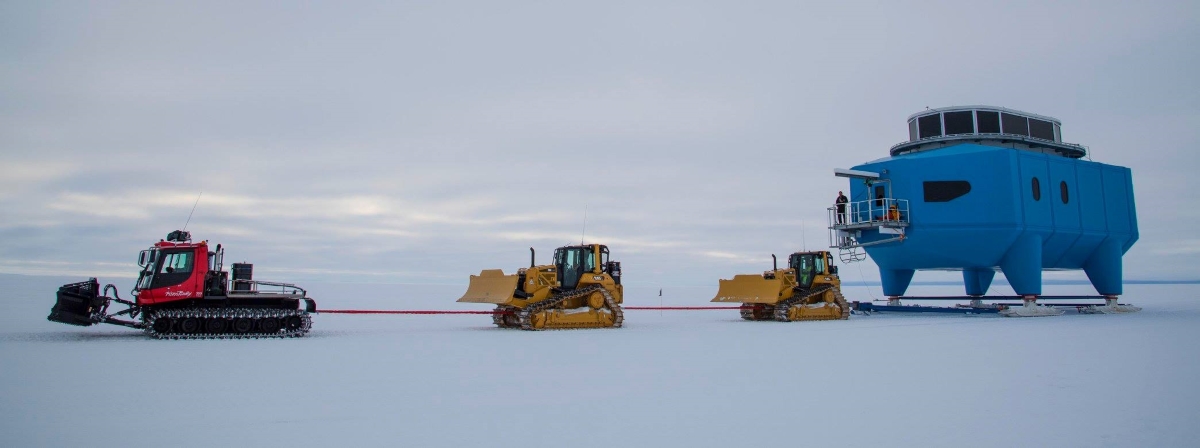
The first module from the Halley VI base was towed slowly across the ice shelf to the new site in late December.
The remaining seven modules will be towed in the coming weeks of 24 daylight during the Antarctic summer.
Specialized vehicles

A team of around 95 staff from the British Antarctic Survey are involved in moving the base to its new location.
Specialized ice tractors are used to tow the modular building at a very slow pace. While the base buildings are being relocated, scientific experiments will continue at the original site in temporary buildings.
Sign up for the Live Science daily newsletter now
Get the world’s most fascinating discoveries delivered straight to your inbox.
Spectacular view
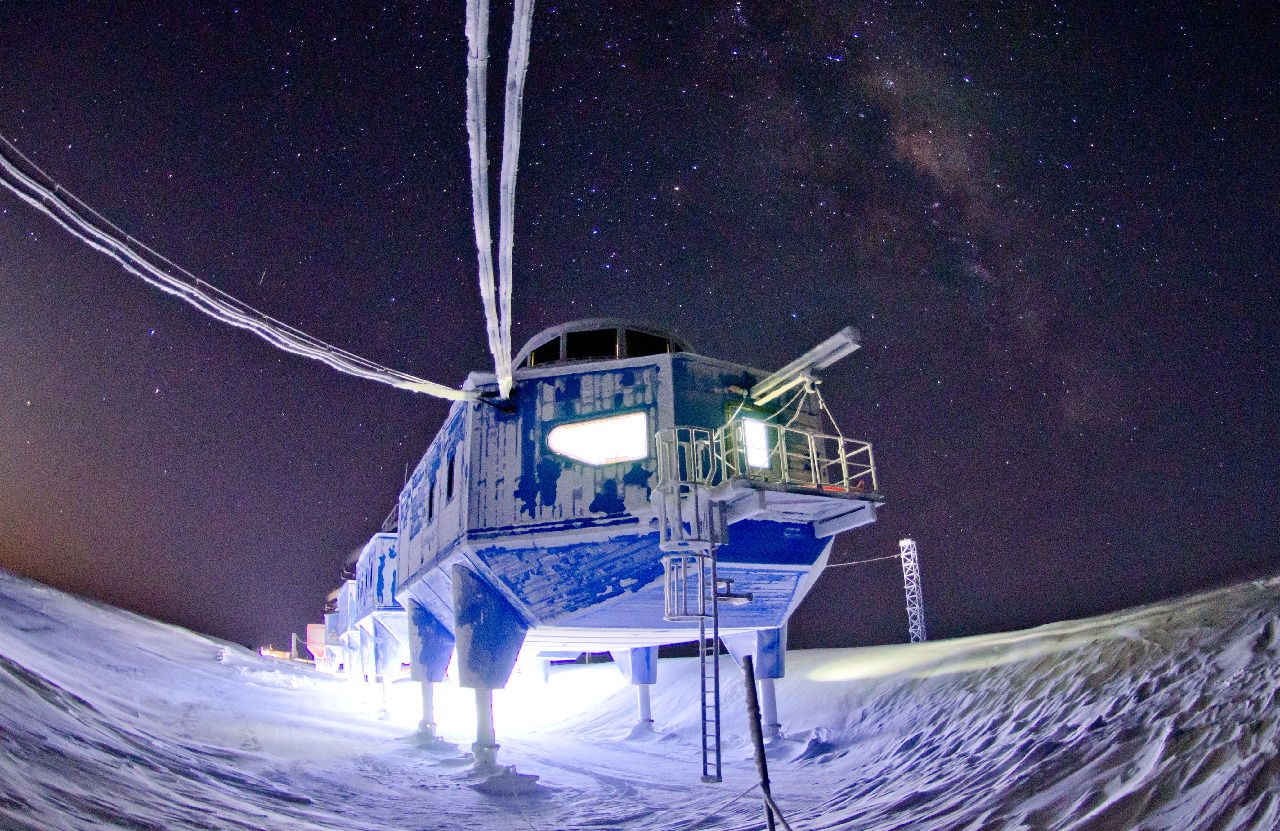
The relocation crew only has a few months of the polar summer to complete the move to the new site on the Brunt Ice Shelf before the onset of worsening polar weather and the long polar night.
Rough living conditions
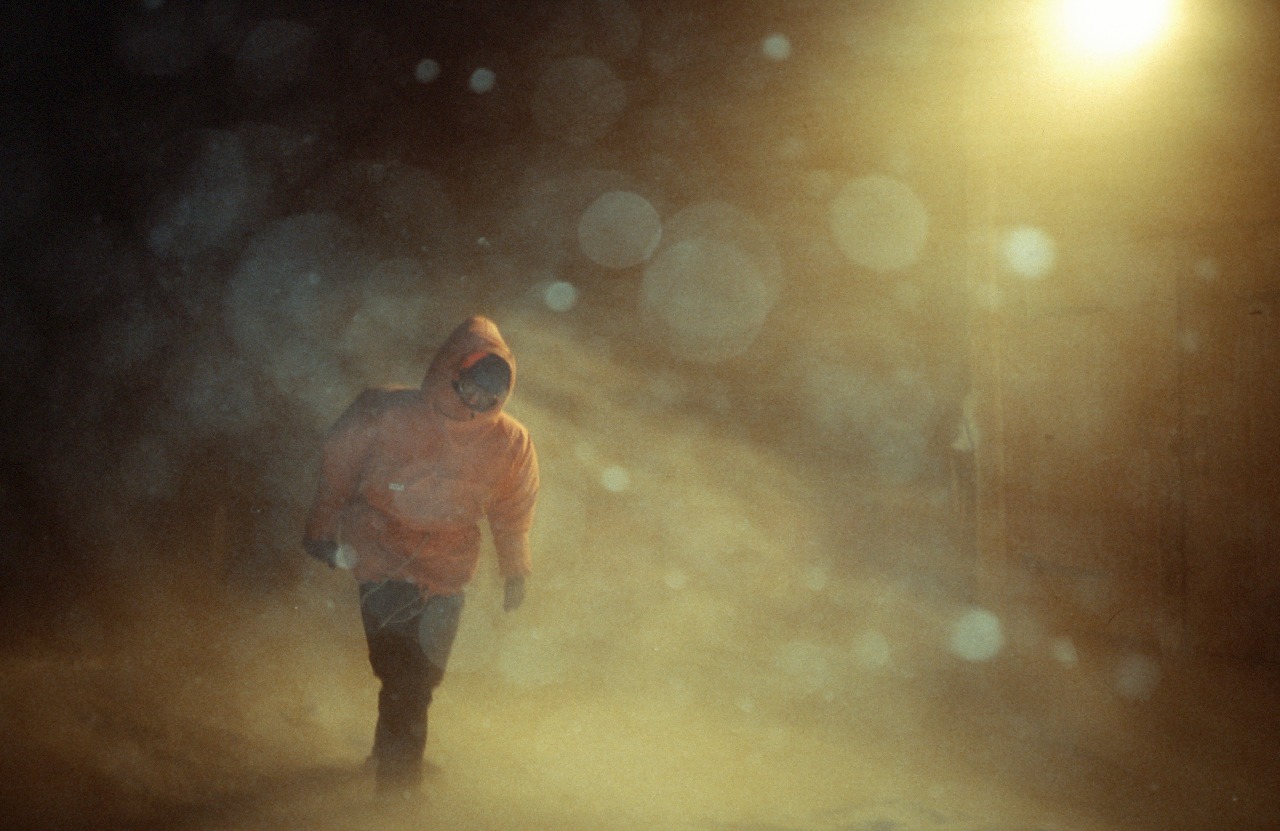
"Winterers" at Halley VI endure 105 days of complete darkness and temperatures as low as minus 67 degrees Fahrenheit (minus 55 degrees Celsius).
In summer, however, temperatures on the Brunt Ice Shelf occasionally rise above freezing and there are months of non-stop daylight.
Light shows
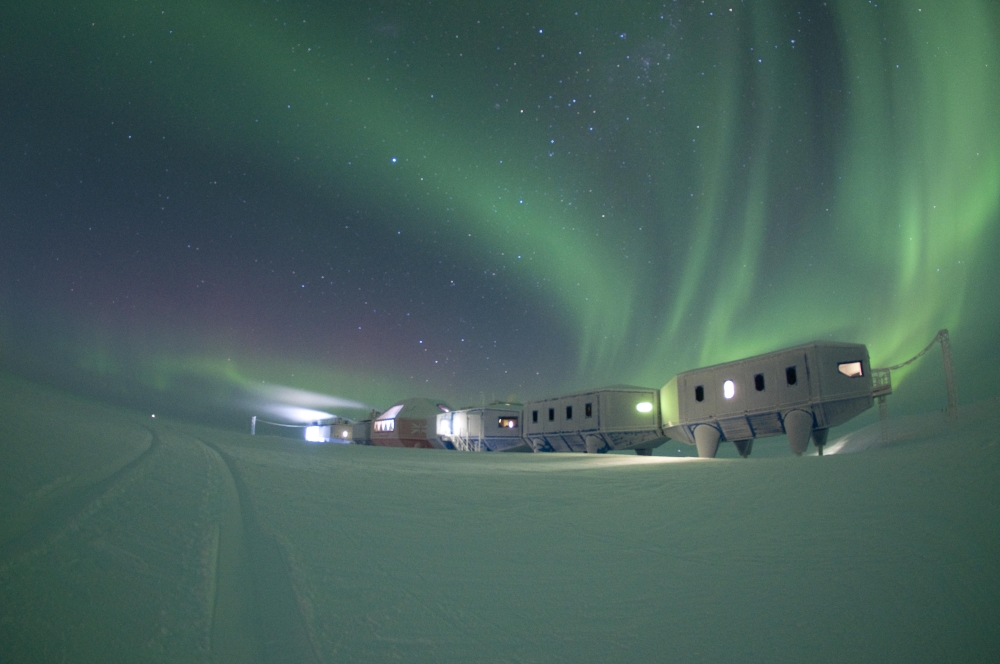
Because Halley IV is located deep within the southern "aurora belt," it is a perfect location for studying the aurora australis, or "southern lights." These, like the better known northern lights, are caused by the interaction of the solar wind with the Earth's magnetic field and upper atmosphere.
In particular, scientists at Halley VI hope to learn more about the effects of extreme space weather events that have the potential to cause widespread disruption to electronic devices and communication networks.
Tom Metcalfe is a freelance journalist and regular Live Science contributor who is based in London in the United Kingdom. Tom writes mainly about science, space, archaeology, the Earth and the oceans. He has also written for the BBC, NBC News, National Geographic, Scientific American, Air & Space, and many others.










